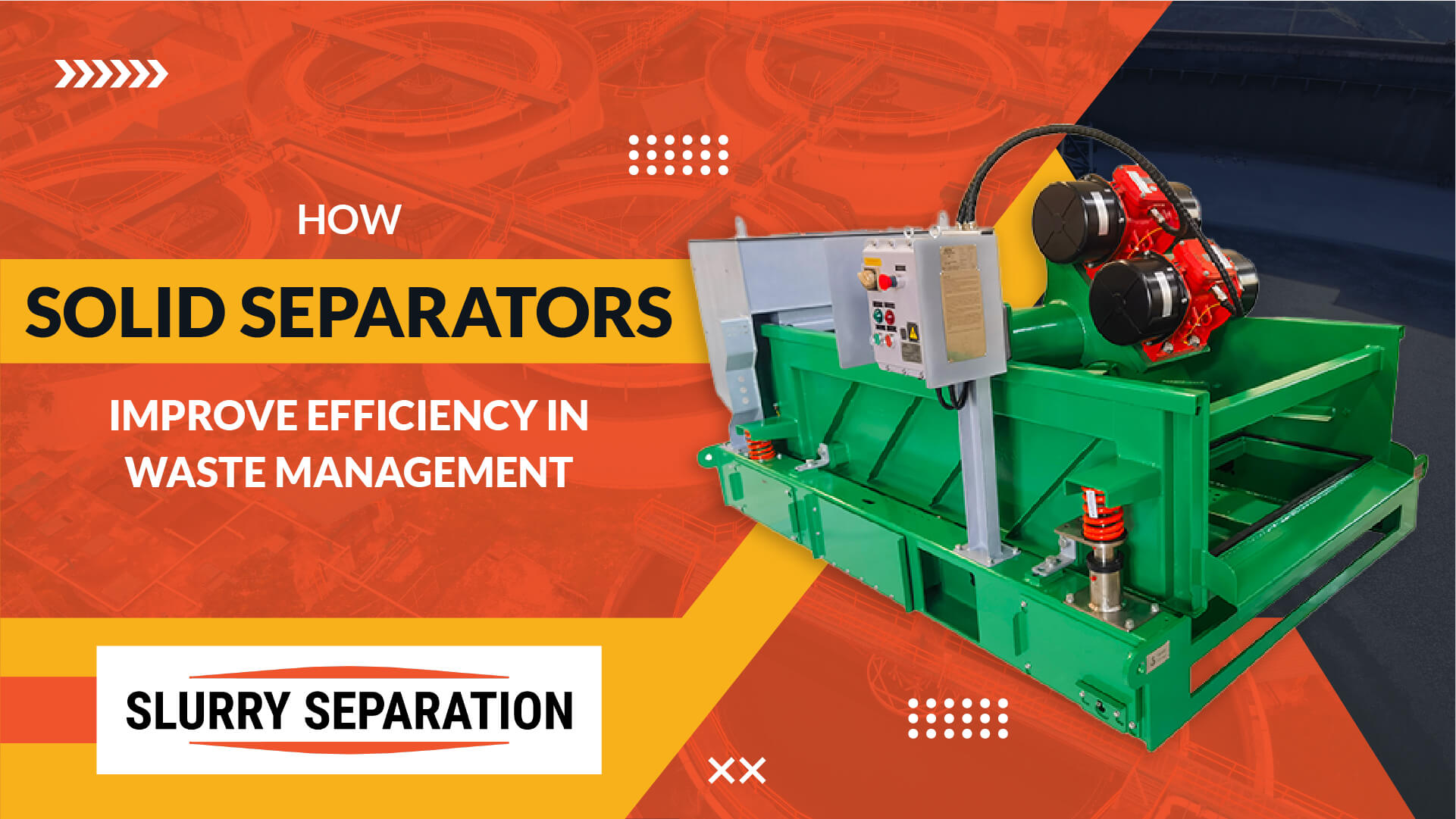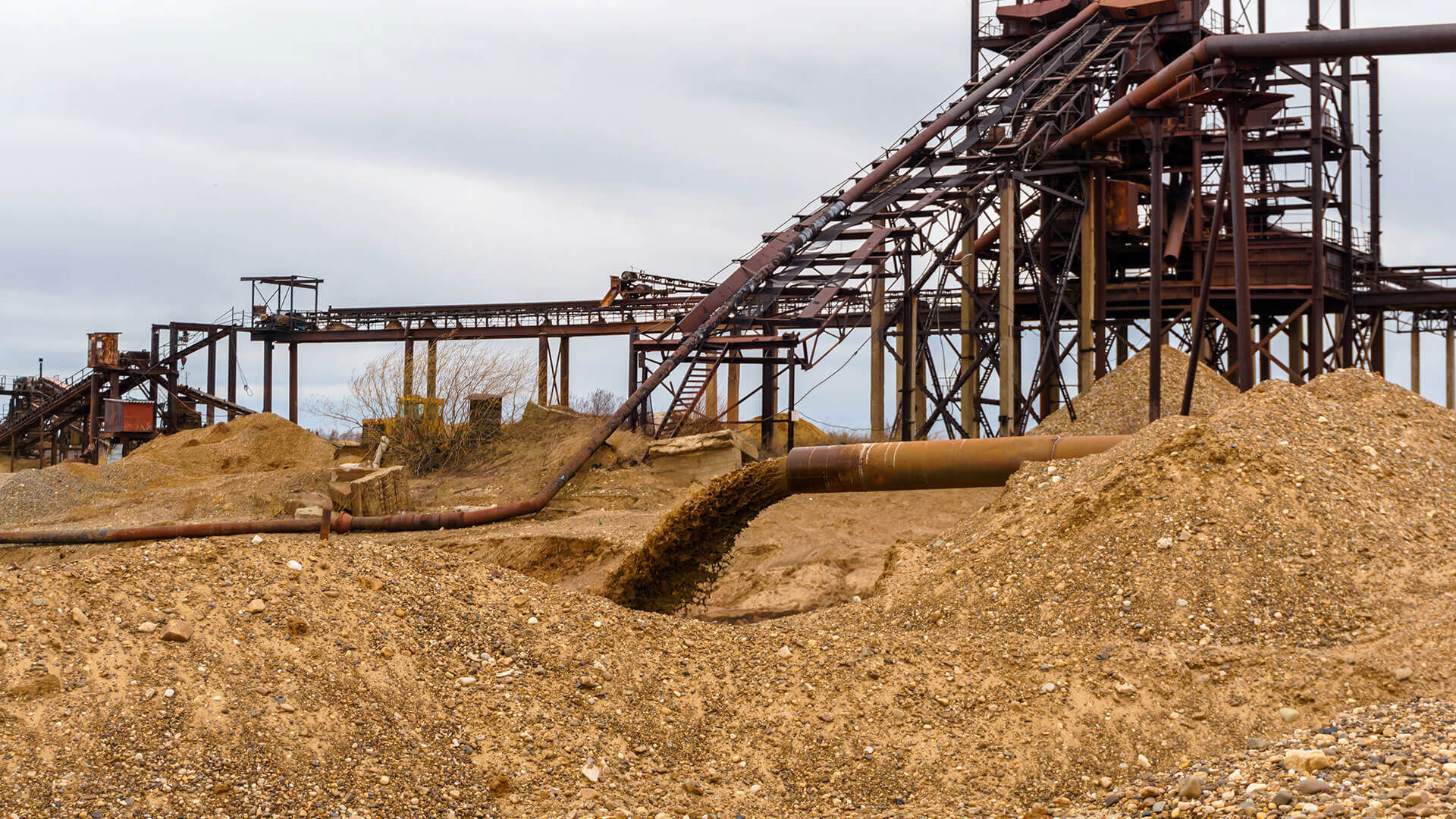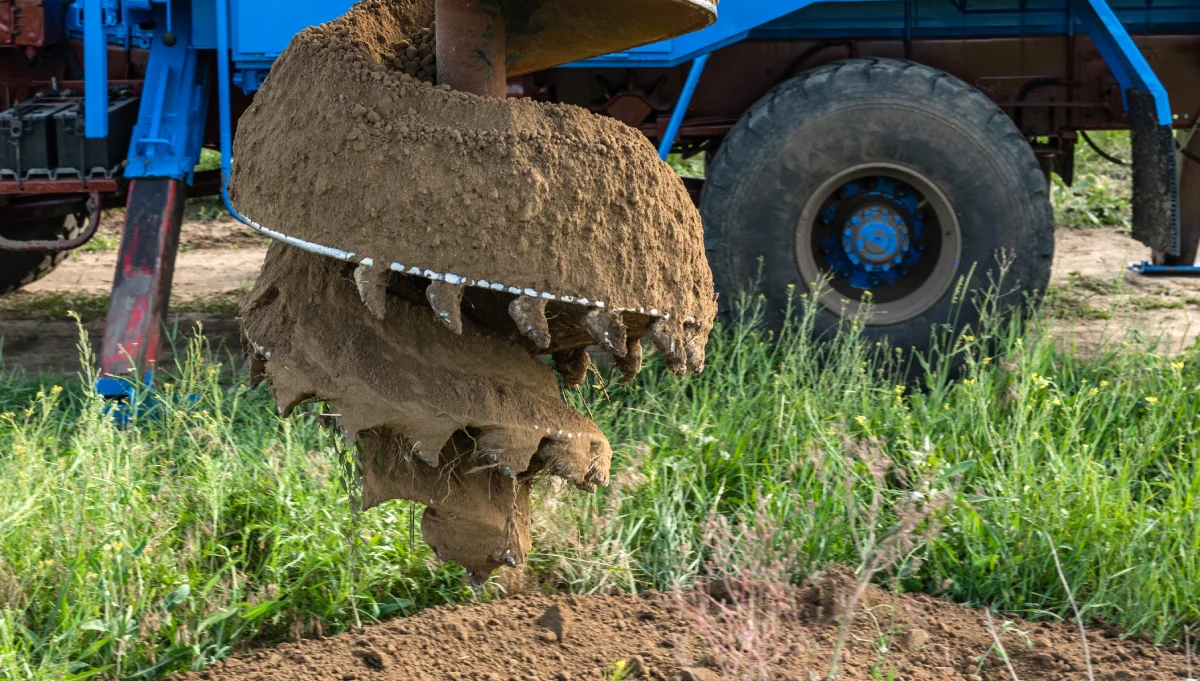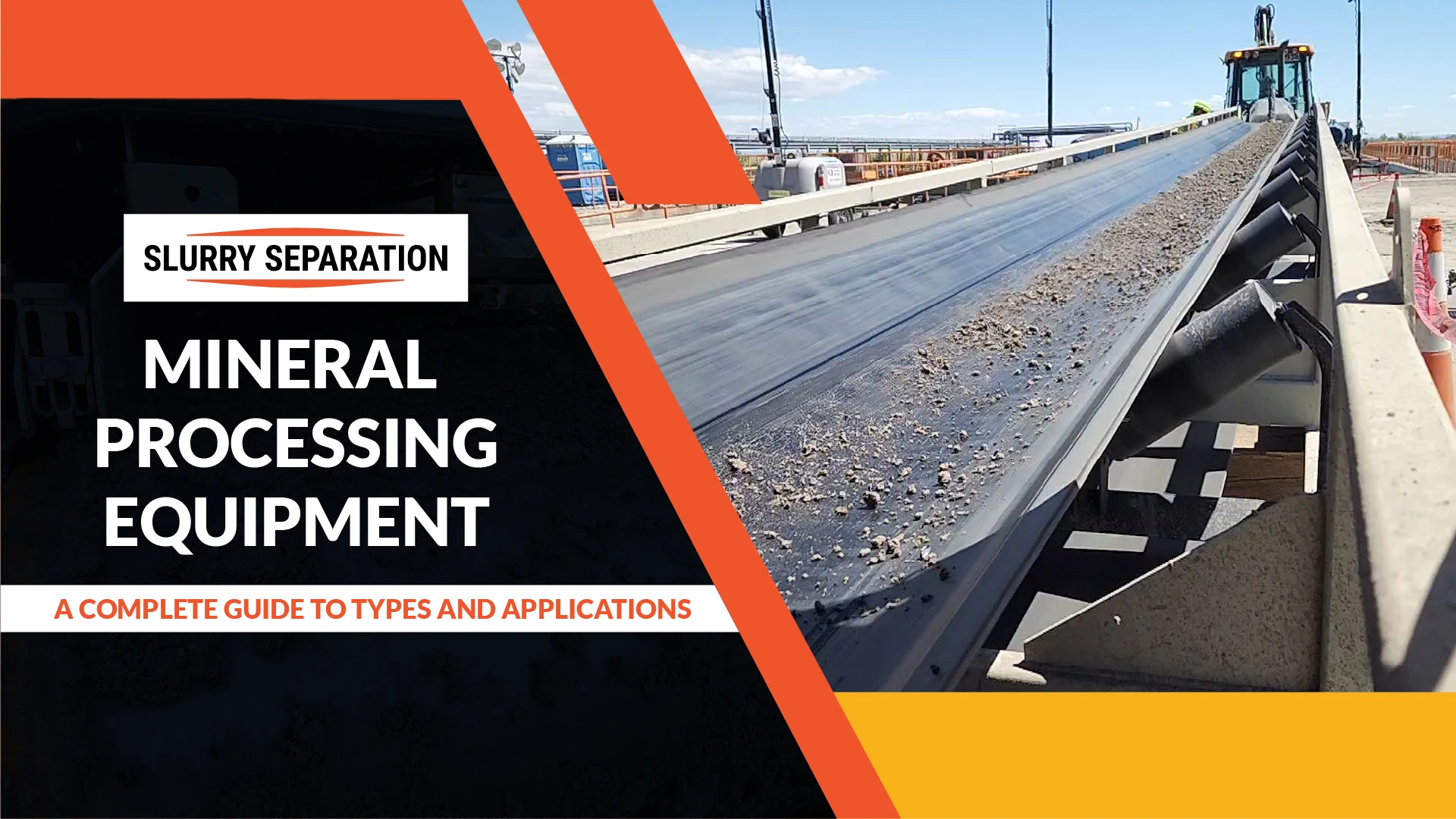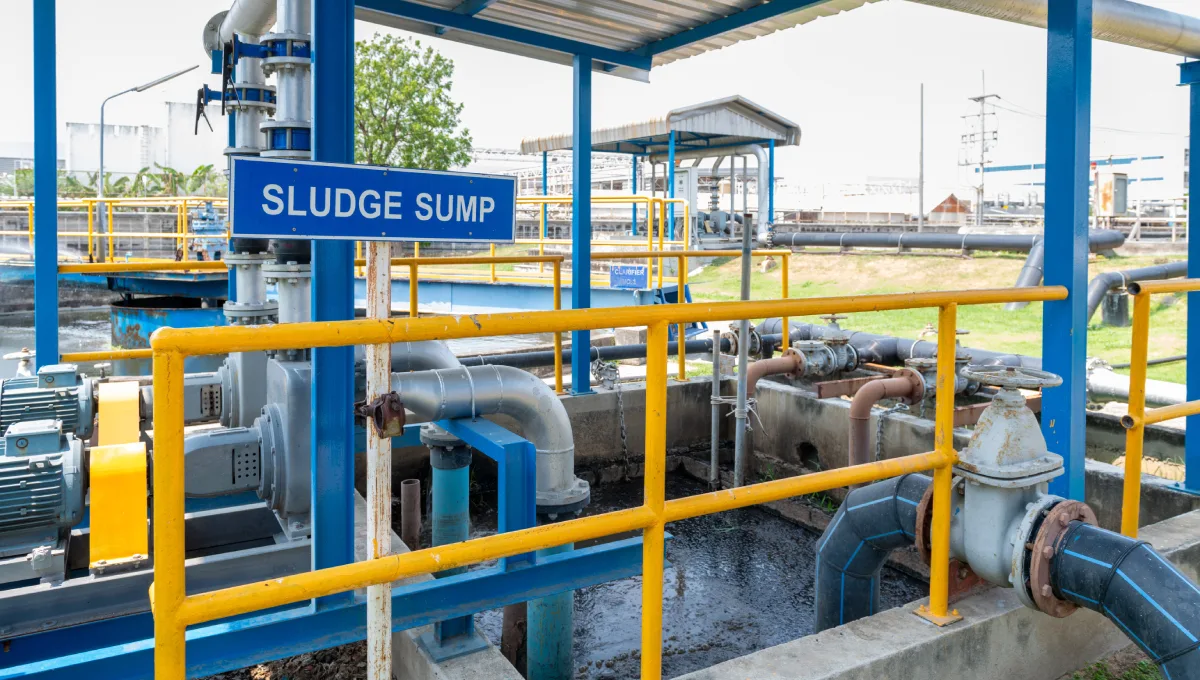Introduction
Overview of Waste Management Challenges
In waste management, dealing with mixed solid and liquid waste presents unique challenges. Waste often contains varying compositions of materials that require different disposal or recycling methods, making the sorting process complex and costly. Effective solid-liquid separation is essential to minimize environmental impact, improve waste processing efficiency, and reduce overall management costs. However, the difficulty of handling and processing mixed waste streams underscores the need for more efficient solutions, such as solid separators.
Introduction to Solid Separators
A solid separator is a specialized device designed to isolate solid waste from liquids, simplifying waste processing and enabling better recycling and disposal practices. By dividing waste streams into their solid and liquid components, solid-liquid separators play a pivotal role in making waste management operations more effective. Solid-liquid separation technology contributes significantly to environmental sustainability, enhancing processing efficiency and resource conservation.
Understanding Solid Separators and Their Mechanisms
What Are Solid Separators?
Solid separators are machines designed to remove solid particles from liquid waste streams, allowing for more straightforward handling and disposal. Solid-liquid separation technology encompasses various devices, each using specific methods to achieve efficient separation. Solid separators are commonly found in industrial, municipal, and agricultural waste management systems, where they improve waste sorting and reduce treatment demands.
Types of Solid Separators
There are several primary types of solid separators, each suitable for different applications:
- Mechanical Separators: These use screens or sieves to trap solids, allowing liquids to pass through. Mechanical separators are common in industries where large particles are prevalent.
- Centrifugal Separators: Utilizing centrifugal force, these separators spin waste streams at high speeds to separate solids based on density. Heavier particles are forced outward, making them easy to collect in the solid separator.
- Filtration Systems: Filtration separators use fine filters or membranes to trap smaller particles, which is effective for processes that require high-precision solid-liquid separation.
Working Mechanism of Solid Separators
Each solid-liquid separator works by exploiting differences in particle size or density. For instance, mechanical separators capture larger particles by physically blocking them, while centrifugal separators rely on rotation to separate solids based on their weight. Filtration systems use fine meshes or porous membranes, allowing liquids to pass through while capturing even the smallest solid particles. Each type’s efficiency depends on the characteristics of the waste being processed and the separation technology employed.
Key Benefits of Using Solid Separators in Waste Management
Improved Waste Sorting and Handling
Solid separators streamline the sorting process, making it easier to separate recyclables and reusable materials from waste streams. They enable facilities to handle larger volumes of waste more efficiently, improving the overall recycling process. With enhanced solid-liquid separation, waste management operations can be more organized and faster.
Enhanced Processing Efficiency
Using solid-liquid separation technology to separate solids from liquids reduces the waste volume that requires further treatment, which speeds up processing time and reduces resource demands. For instance, in wastewater treatment, removing solids at the start reduces the load on filtration systems, leading to more efficient processing and lower operational costs.
Reduced Environmental Impact
One of the most significant benefits of solid separators is their contribution to environmental protection. By effectively separating solid waste from disposal streams, these devices help minimize landfill use and reduce the risk of contamination of land and water resources. Additionally, they facilitate the treatment of wastewater, ensuring that it meets environmental standards and contributes to improved water quality.
Cost Savings
Solid separators help reduce waste management costs by decreasing the need for manual sorting and handling. They also lower transportation and disposal expenses, as less waste volume requires disposal. Many facilities find that investing in a solid-liquid separator offers substantial long-term savings and operational efficiency. This emphasis on cost savings can make the audience feel more financially responsible and efficient in their waste management practices.
Applications of Solid Separators in Different Waste Management Scenarios
Industrial Waste Management
Industries such as manufacturing, mining, and food processing generate large volumes of mixed waste. Solid separators are essential in these sectors, as they enable companies to manage solid-laden wastewater, reducing disposal needs and allowing the recycling of valuable materials. In mining, for example, a solid-liquid separator efficiently handles mineral-rich slurry, allowing for more effective processing and reuse.
Municipal Wastewater Treatment
Municipal wastewater facilities use solid separators to improve water quality and reduce environmental impact. By separating solid waste from sewage early in the treatment process, these facilities reduce strain on filtration systems and prevent harmful substances from entering water bodies. Solid-liquid separators help municipalities meet regulatory standards and ensure treated water is safe for discharge or reuse.
Agricultural and Animal Waste
In agricultural settings, solid separators are valuable tools for managing livestock waste and slurry. By separating manure and bedding materials, farmers can reduce waste volume and convert organic waste into renewable energy through biogas production. Additionally, these separators allow for the recycling of organic matter, which can be used as fertilizer or soil conditioner. Solid-liquid separation technology in agriculture also supports sustainable waste management.
Key Considerations When Choosing a Solid Separator
Type of Waste
The type of waste being processed is a crucial factor when selecting a solid separator. Organic, industrial, and hazardous wastes each have specific requirements that influence the best choice of technology. For example, agricultural operations require solid-liquid separators that can handle organic slurry, while industrial facilities may need equipment that can process heavy, abrasive materials.
Processing Capacity and Efficiency
Choosing a solid-liquid separator with adequate processing capacity is essential to meet a facility’s needs. Overloading a separator can result in reduced efficiency and potential breakdowns, so it’s critical to select equipment that aligns with the waste volume and composition of the facility’s operations.
Maintenance and Durability
Durable and low-maintenance solid separators minimize downtime and ensure consistent waste processing. Regular maintenance, combined with the use of corrosion-resistant materials, helps extend the lifespan of these machines, especially in settings with heavy-duty requirements like mining or industrial waste management.
Energy and Cost Efficiency
Energy consumption is a significant operational cost. Solid separators with energy-efficient designs help facilities balance environmental responsibility with budget considerations. Low energy requirements and operational costs make these separators more sustainable and cost-effective over time.
Conclusion
Solid-liquid separators play a critical role in waste management, making the process more efficient by streamlining sorting, improving waste processing, reducing environmental impact, and lowering costs. They have diverse applications across industries, including industrial plants, municipal treatment facilities, and agricultural operations, each benefiting uniquely from solid-liquid separation technology. This emphasis on the myriad applications of solid separators can make the audience feel more informed about the versatility of the technology.
Future of Solid Separation in Waste Management
With advancements in technology, solid separators are becoming increasingly sophisticated. Innovations in automation and smart separation systems can further improve waste handling efficiency, making these devices more versatile and adaptable to different waste types and volumes. Emerging trends in smart waste management highlight the potential for separators that self-adjust based on real-time data, optimizing energy use and separation accuracy.
Solid-liquid separators stand out as a vital investment for facilities looking to improve their waste management capabilities and reduce their environmental footprint. By choosing the right solid separator, facilities can enhance their efficiency, cut costs, and contribute to sustainable waste management.

